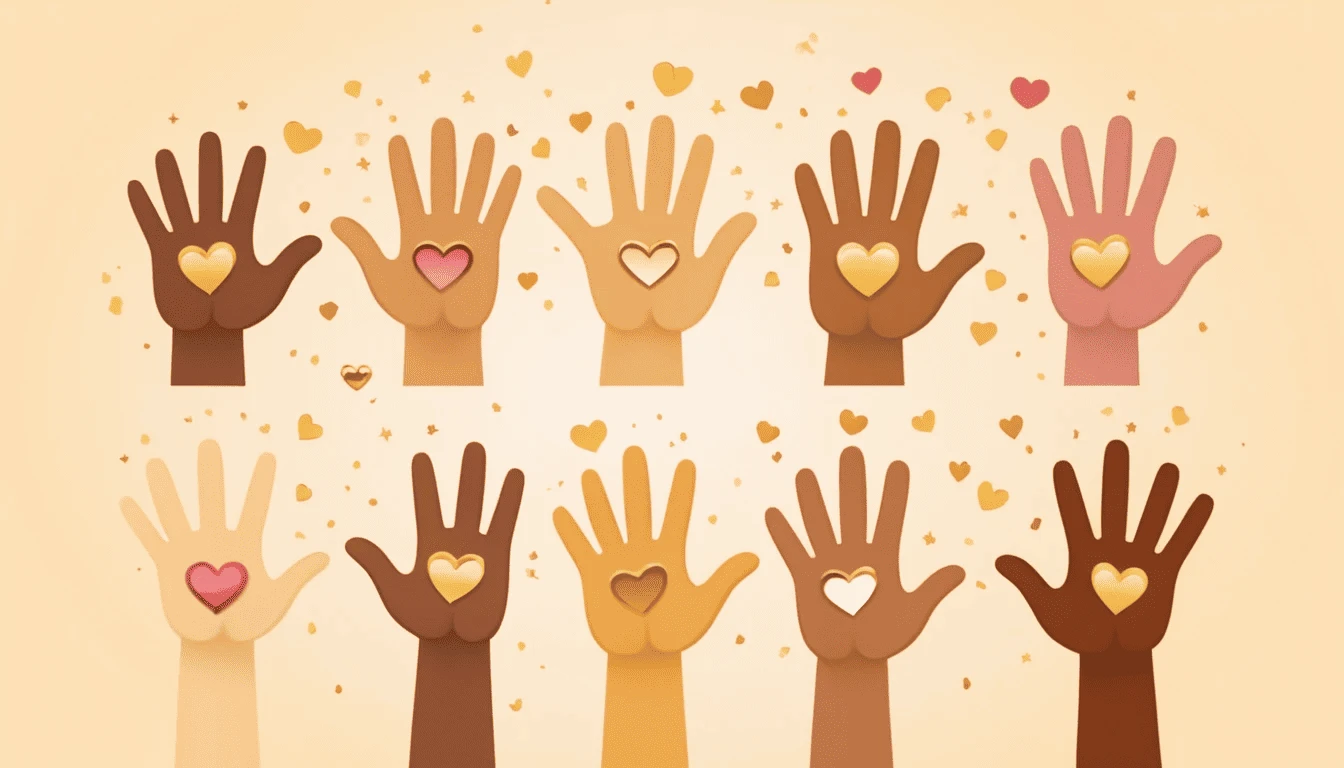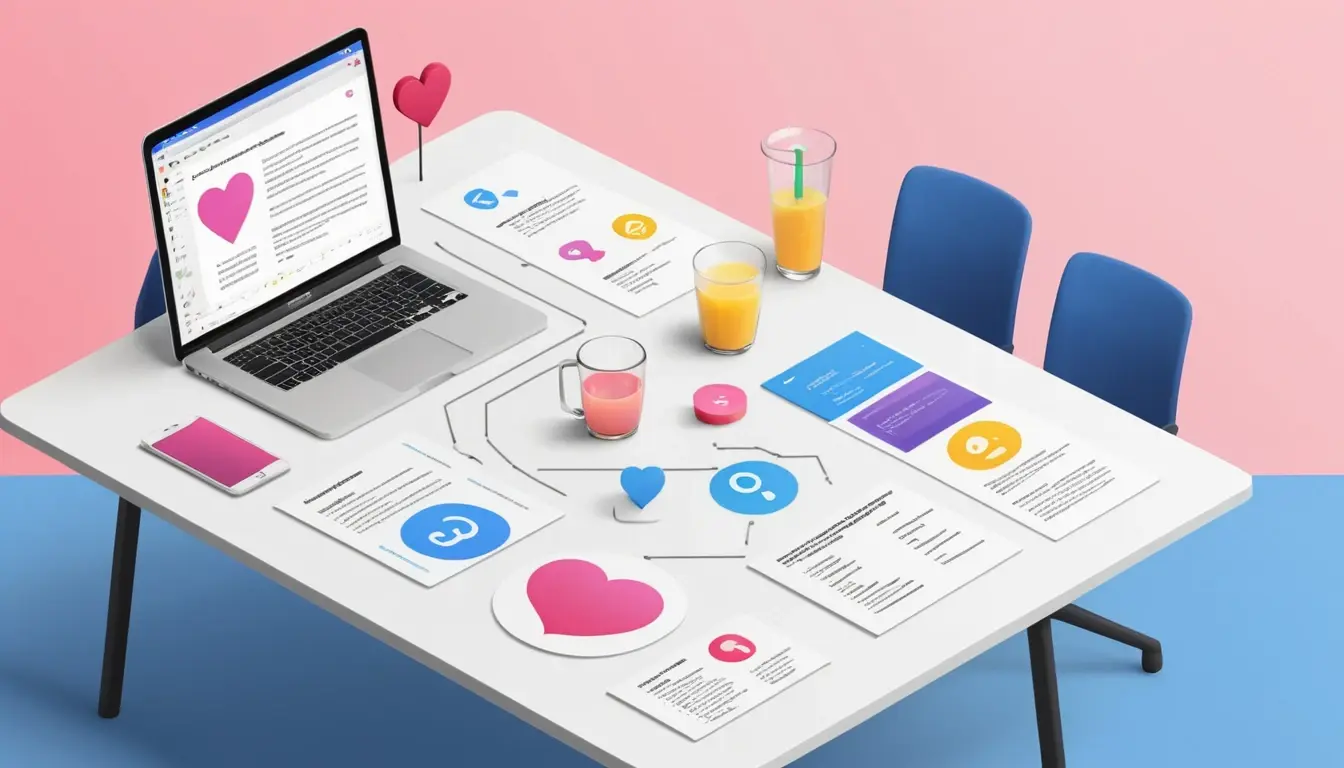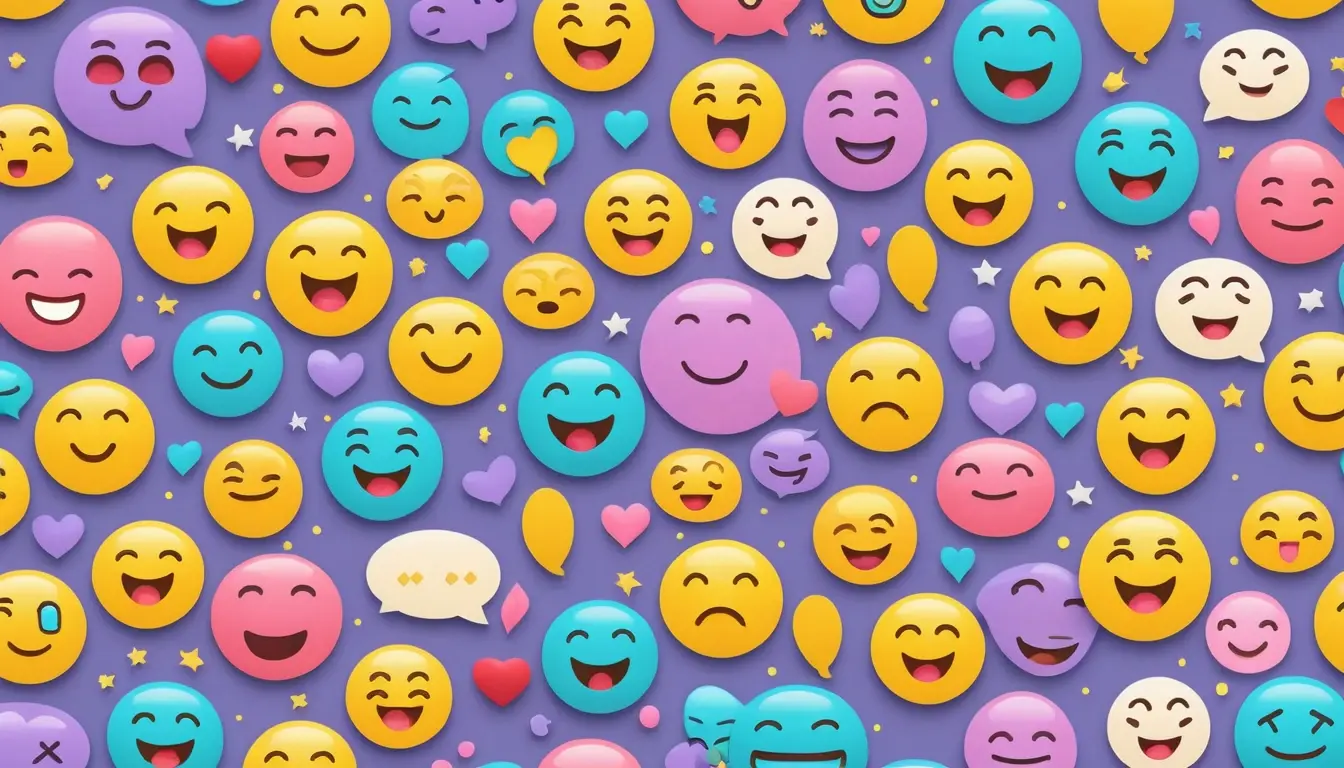Gender Neutral Emojis
Emojis that don't specify a gender, ensuring inclusive representation across all platforms.
About Gender Neutral Emojis
This list includes emojis that aren't tied to any specific gender. That doesn't necessarily mean they'll always appear gender-neutral or androgynous on every platform—but it does mean no particular gender has been assigned to them by default.
Take the 🤦 person facepalming emoji, for example. It's officially a "person facepalming," but in the past, many platforms used to show it as a woman. On iOS, it once appeared as a man, while Samsung and Windows showed a female version instead.
You won't find classic smiley-style emojis here, like the cowboy hat face—they're already considered neutral and don't represent people in specific roles or actions.
As for clothing, the outfits on these gender-free human emojis can look different depending on the platform. Apple, Huawei, and WhatsApp often go with gray clothes, while Google, Samsung, and Microsoft tend to use orange.
Keep in mind, though—when someone's outfit is part of their role (like a 👮 police officer or 🧛 vampire), these color choices usually don't apply.
Best Gender Neutral Emojis for Professional Communication
Workplace Slack Messages
When communicating in professional settings like Slack, choose emojis that convey your message without making assumptions about gender. The 🙋 person raising hand is perfect for asking questions, while 🙇 person bowing shows respect and gratitude.
Pro tip: Use 🙆 person gesturing ok for approvals and 🙅 person gesturing no for rejections in team communications.
Customer Service & Support
For customer-facing communications, gender-neutral emojis help create an inclusive environment. The 💁 person tipping hand is excellent for offering assistance, while 💆 person getting massage can represent self-care support.
Best practice: Pair these emojis with clear, professional language to maintain appropriate workplace communication standards.
Platform Differences in Gender Neutral Emoji Display
Apple iOS vs Android
Apple's iOS tends to display gender-neutral emojis with more androgynous features, often using neutral clothing colors like gray or blue. Android (Google) typically uses brighter colors and may have slightly different facial features. For example, the 🏃 person running emoji appears with different clothing colors across platforms.
Platform Variations:
- • Apple: Neutral gray/blue clothing, softer features
- • Google: Orange/red clothing, more defined features
- • Samsung: Varied colors, often more stylized
- • Microsoft: Flat design, neutral colors
Social Media Platform Consistency
When posting on social media, be aware that your followers may see different versions of the same emoji. The 🏄 person surfing and 🏊 person swimming emojis can look significantly different across Instagram, Twitter, and Facebook.
This variation is why it's important to choose emojis that convey your message clearly regardless of how they appear on different devices and platforms.
History and Evolution of Inclusive Emojis
The Journey to Gender Neutrality
The push for gender-neutral emojis began in the early 2010s when users noticed that many profession-based emojis defaulted to male representations. The 👮 police officer and 👷 construction worker emojis were among the first to be made gender-neutral by Unicode.
Unicode Consortium, the organization that standardizes emojis, began introducing gender-neutral options alongside gender-specific versions. This allowed users to choose between specific gender representations or neutral options that don't make assumptions about gender identity.
Modern Inclusive Design
Today's gender-neutral emojis are designed with inclusivity in mind. The 🧑🍼 person feeding baby and 🫃 pregnant person emojis represent caregiving and pregnancy without assuming gender, making them more accessible to all users.
Did you know? The introduction of gender-neutral emojis has been credited with helping normalize inclusive language in digital communication and promoting representation for non-binary and gender-nonconforming individuals.
How to Choose Gender Neutral Emojis for Different Contexts
Social Media Posts
When creating inclusive social media content, choose emojis that represent activities and roles without gender assumptions. For fitness posts, use 🏃 person running or 🏋️ person lifting weights instead of gender-specific versions.
Tip: Use these emojis in captions about personal achievements, workout routines, or lifestyle content to maintain inclusivity.
Professional Networking
In professional networking contexts, gender-neutral emojis help create welcoming environments. Use 🙋 person raising hand for questions in virtual meetings, or 🙇 person bowing to show appreciation for opportunities.
Best practice: Pair these emojis with professional language to maintain appropriate workplace communication standards.
Making Your Communication More Inclusive with Emojis
Workplace Slack Messages
When communicating in workplace Slack channels, choosing gender-neutral emojis helps create an inclusive environment. Instead of using gender-specific emojis, opt for neutral versions that don't make assumptions about your colleagues' gender identity.
Recommended Slack Emojis:
Use these emojis when asking questions, showing appreciation, or discussing professional roles without making gender assumptions.
Social Media Posts
For social media content, gender-inclusive emojis help you reach a broader audience and show that your brand or personal account values diversity. When sharing achievements, use 🙋 person raising hand for accomplishments or 🙆 person gesturing ok for positive updates.
Social Media Best Practices:
- • Use gender-neutral emojis in captions about personal achievements
- • Choose inclusive emojis for lifestyle and fitness content
- • Avoid gender-specific emojis when addressing general audiences
- • Pair emojis with inclusive language in your captions
Customer Service & Support
In customer service communications, gender-neutral emojis help create welcoming environments for all customers. Use 💁 person tipping hand when offering assistance or 💆 person getting massage when discussing self-care support.
Customer Service Tips:
- • Use neutral emojis in automated responses
- • Choose inclusive emojis for support team communications
- • Avoid gender assumptions in customer interactions
- • Maintain professional standards while being inclusive
Related Emoji Collections
Inclusive Communication Resources
Workplace Communication
Activity & Lifestyle Emojis
Sports & Fitness
Care & Support Emojis
Personal Care
Frequently Asked Questions
What are gender neutral emojis?
Gender neutral emojis are emojis that don't specify a particular gender. They represent people in roles, activities, or situations without being explicitly male or female. Examples include 👮 police officer, 👷 construction worker, and 🏃 person running.
Why are gender neutral emojis important?
Gender neutral emojis promote inclusivity and representation for all users, regardless of gender identity. They allow for more flexible and inclusive communication, especially in professional and social contexts where gender-specific language might not be appropriate.
How do gender neutral emojis appear on different platforms?
The appearance of gender neutral emojis can vary significantly across platforms. Some platforms may show them with more androgynous features, while others might default to certain gender presentations. The key is that they're not explicitly labeled as male or female.
Can I use gender neutral emojis in professional communication?
Yes, gender neutral emojis are excellent for professional communication as they avoid assumptions about gender. They're particularly useful in workplace communications, customer service, and any context where inclusive language is important.



